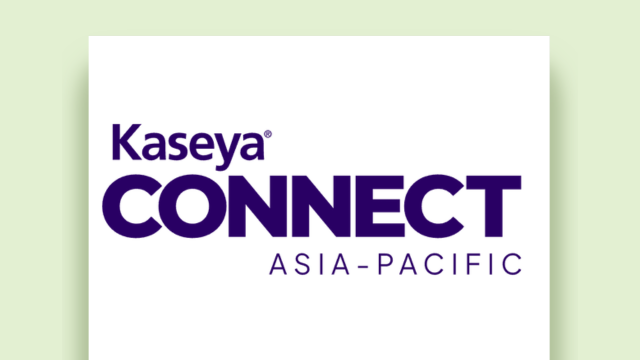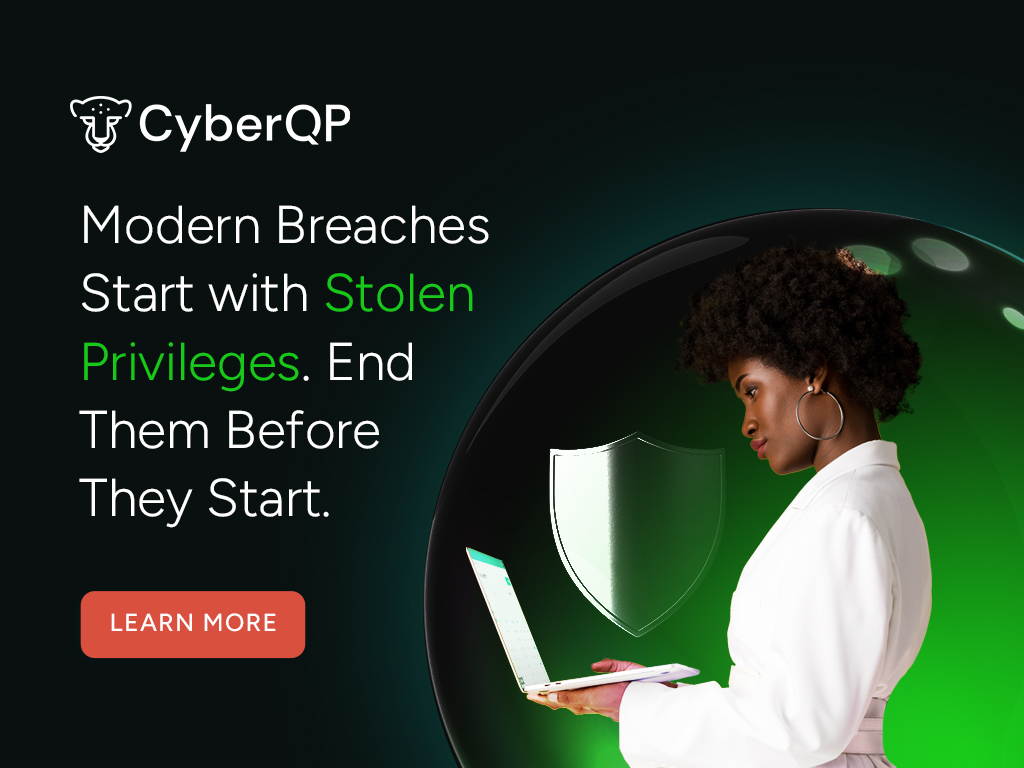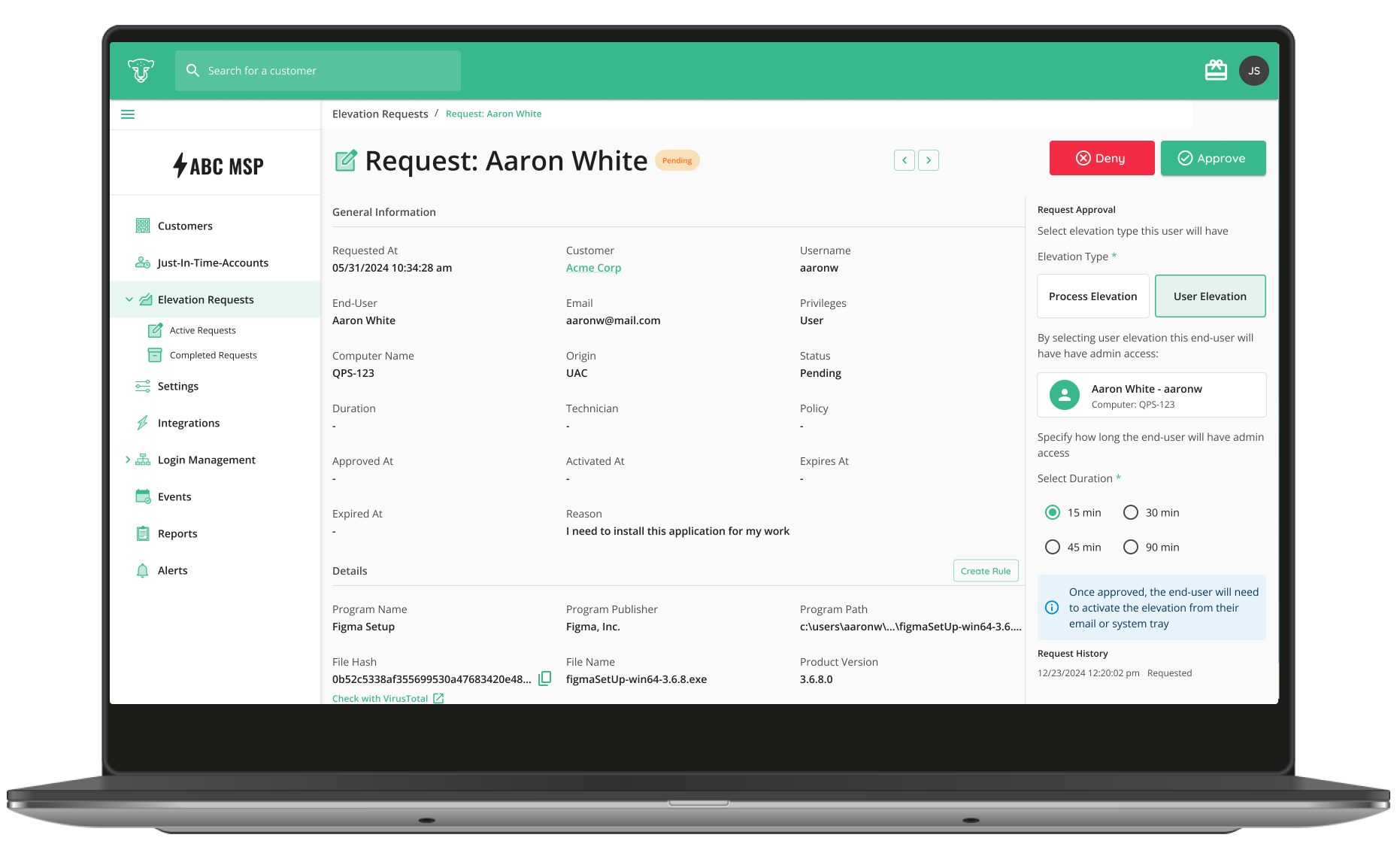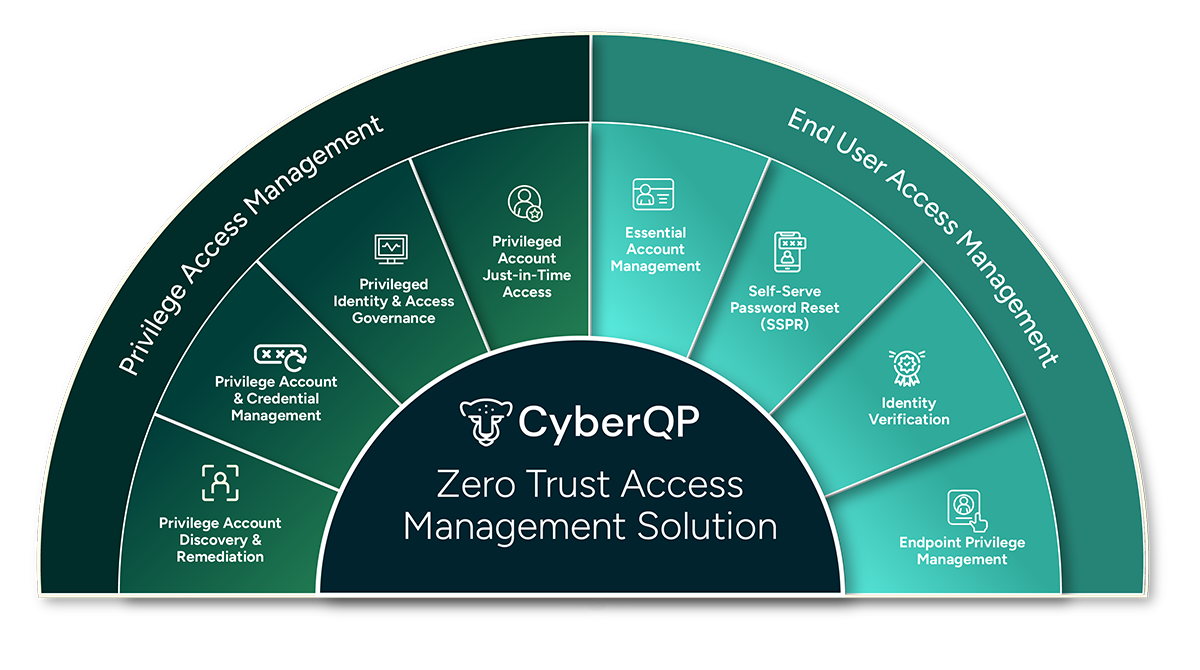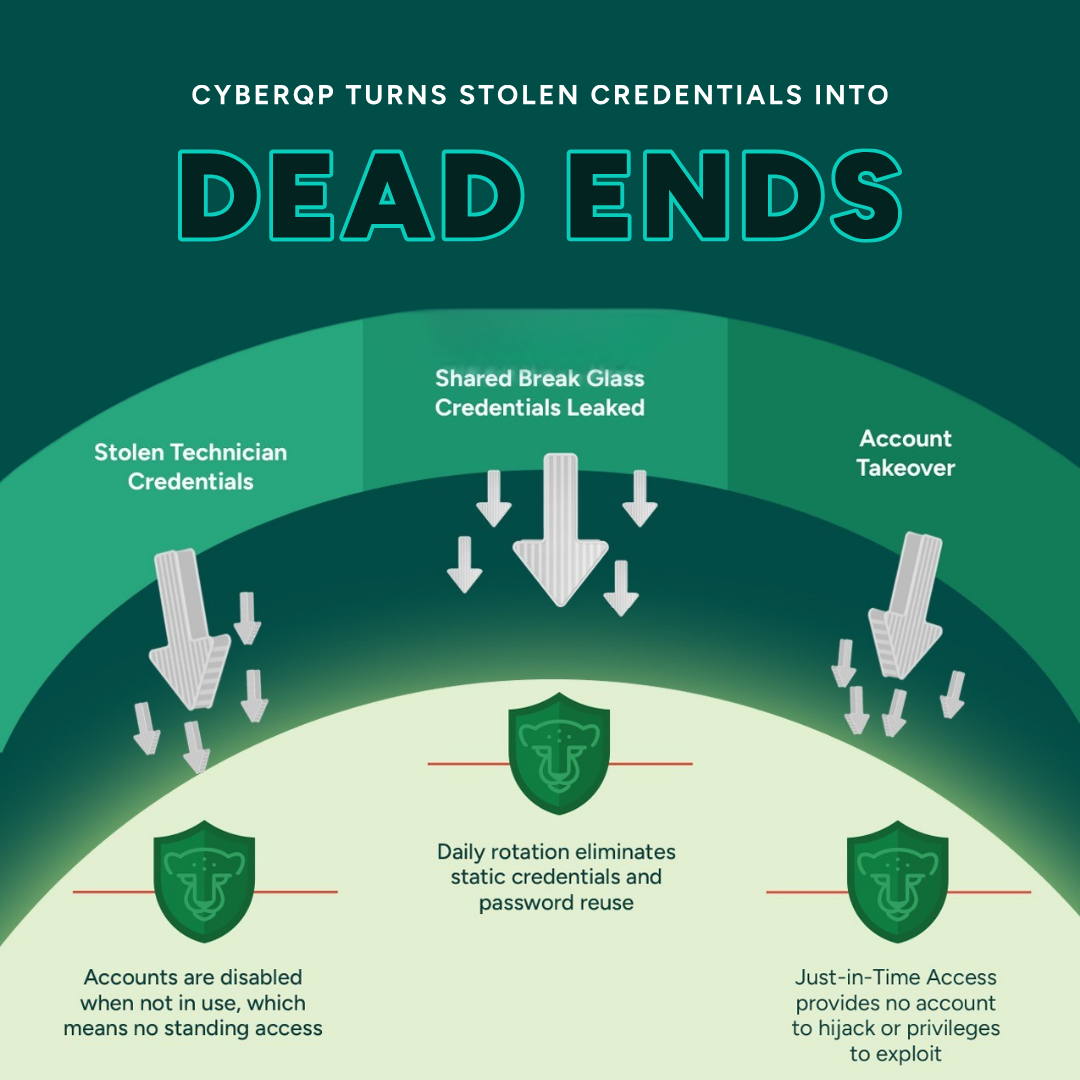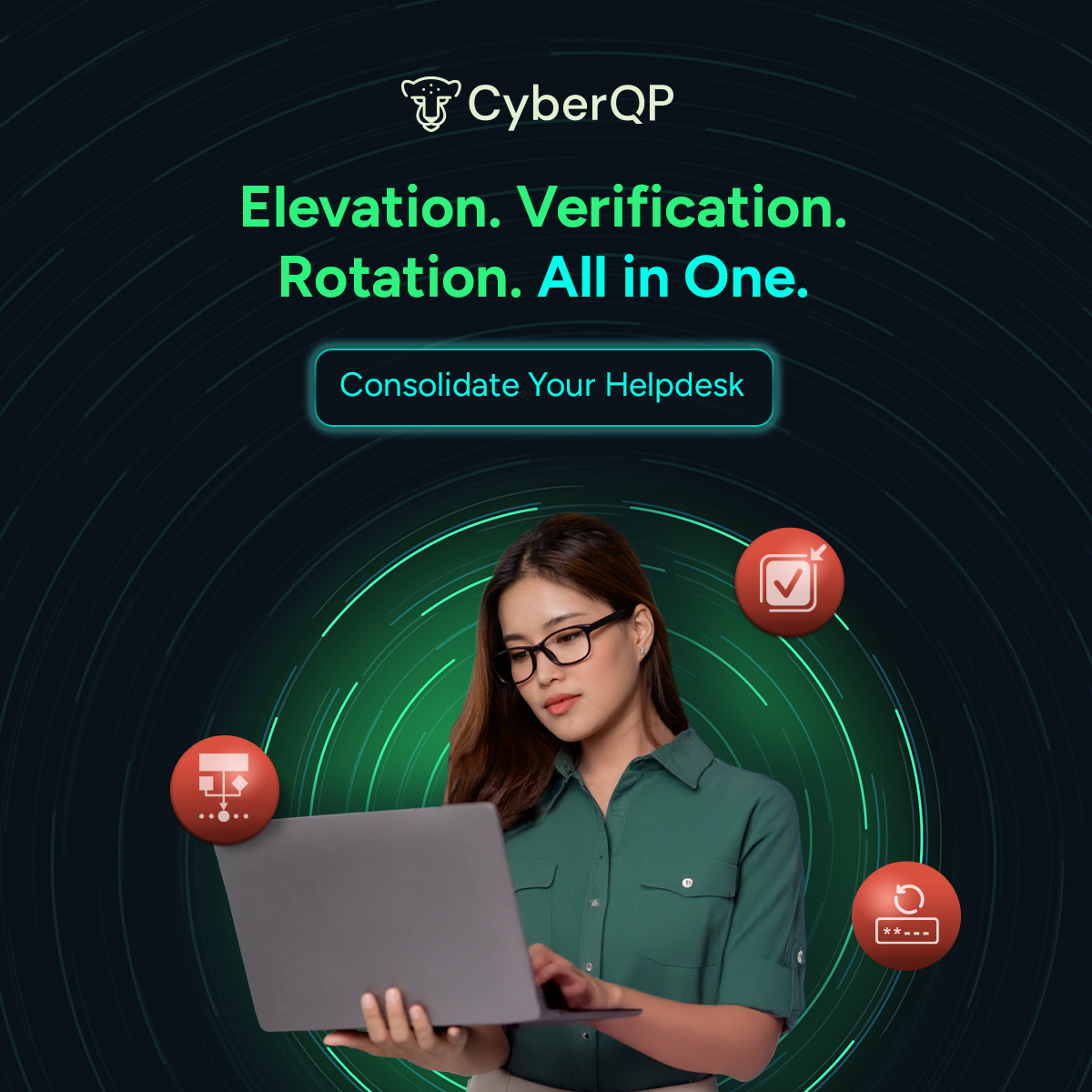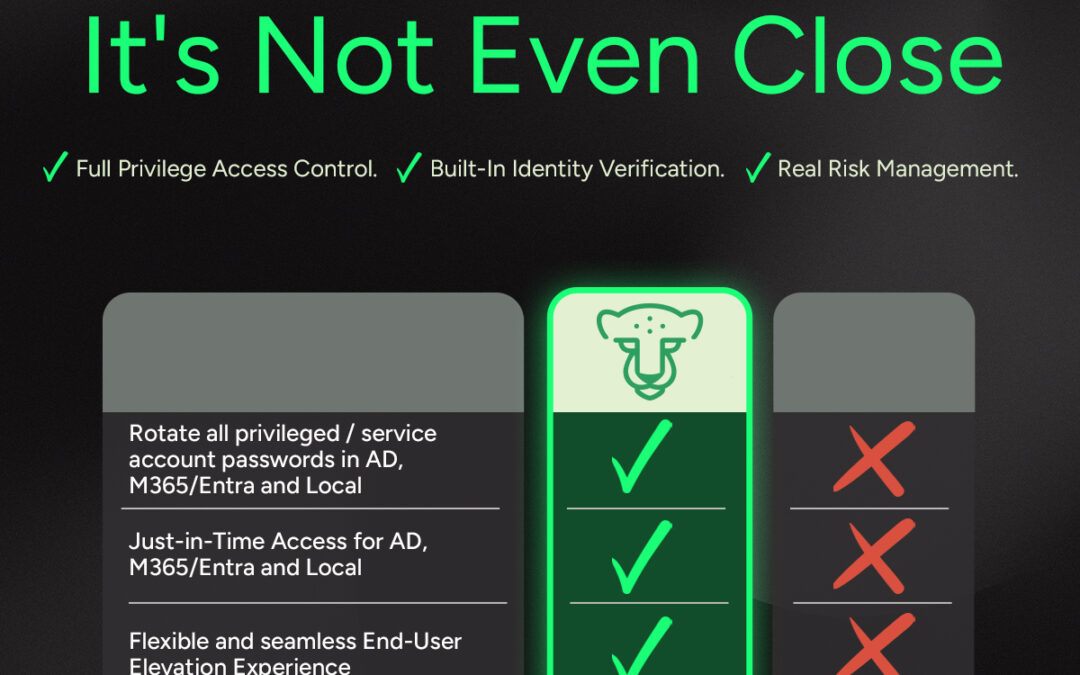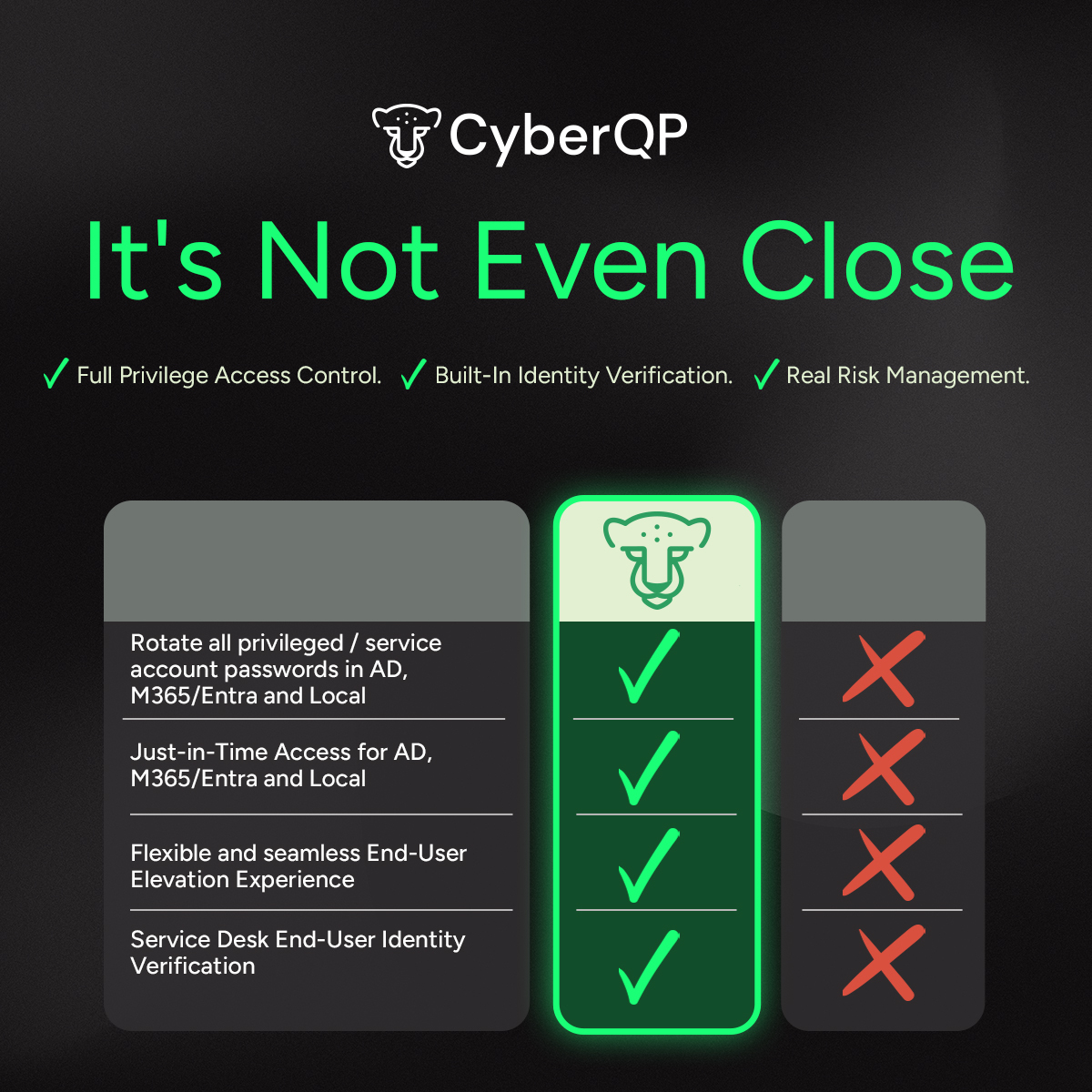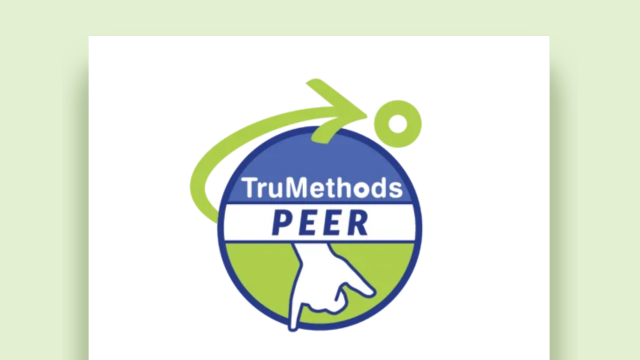
TruMethods Peer Event NA
TRADESHOW
TruMethods Peer Event NA
Date: October 20-22, 2025
Renaissance Orlando at SeaWorld®
6677 Sea Harbor Drive
Orlando, FL 32821
Day(s)
:
Hour(s)
:
Minute(s)
:
Second(s)
What to Expect From This Event
TruMethods Peer meetings bring MSP leaders together each quarter to collaborate, learn, and grow. Come visit the CyberQP Team at Booth #9! Attendees can expect:
Actionable Learning: Peer-driven sessions designed to sharpen leadership, sales, and operational strategies.
Focused Collaboration: Breakouts and workshops with fellow IT business owners to share best practices and tackle common challenges.
Networking Opportunities: Build relationships with peers who understand the unique challenges of running an MSP.
Marketing Sessions: Hands-on guidance to strengthen go-to-market strategies and accelerate business growth.
Event Organizer Details
TruMethods, a Kaseya company, is a leading MSP training and peer group organization. Known for its proven frameworks and coaching, TruMethods helps IT providers master sales, operations, and strategy to achieve sustainable growth and profitability.
Event Booth Giveaway:
Sign up here to win! Must be present at CyberQP Booth #9 to claim.

Already a Partner?
CyberQP partners are equipped with their very own Channel Account Manager to ensure that you are optimized and using our solutions to their full capabilities. We offer onboarding, re-implementation, technical support and MDF programs. Schedule some time with your dedicated Partner Success Manager below.

